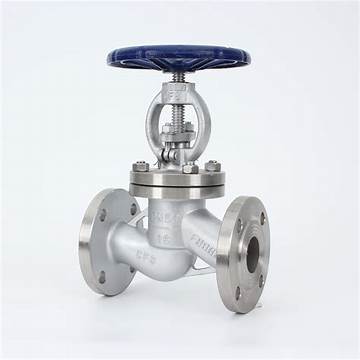pipe fitting reducer supplier
Pipe Fitting Reducers Understanding Their Importance and Choosing the Right Supplier
In the realm of plumbing and piping systems, the term reducer is frequently mentioned. As a critical component in various applications, pipe fitting reducers serve the essential function of connecting pipes of different diameters. This article will explore the importance of pipe fitting reducers, the types available, and tips for choosing a reliable supplier.
What is a Pipe Fitting Reducer?
A pipe fitting reducer is a plumbing component that allows the transition between two pipes of different diameters. Typically used in both industrial and residential settings, reducers can be designed for a reduction in the diameter, meaning the output connection is smaller than the input connection. This functionality is crucial in systems where space is limited, or where the flow of various fluids needs to be managed more effectively.
Reducer fittings can be constructed from a variety of materials including stainless steel, copper, PVC, and more. The choice of material often depends on the application, temperature, and pressure of the system in which they are being used.
Importance of Pipe Fitting Reducers
Reducing fittings play a vital role in ensuring efficient fluid flow. By transitioning smoothly between different pipe sizes, they help maintain pressure and reduce potential turbulence in the flow, which can lead to inefficiencies or damage in the system. For instance, in water distribution systems, using a reducer can prevent excessive pressure loss and ensure that water flows efficiently to its intended destination. In industrial applications, reducers can also help in optimizing processes by directing the flow of materials in reactors, mixers, and conveying systems.
Moreover, the correct sizing of reducers is essential to prevent blockage or backflow, which could have disastrous effects on the entire plumbing system.
Choosing the Right Supplier
pipe fitting reducer supplier

When it comes to sourcing pipe fitting reducers, selecting a reliable supplier is crucial. Here are some key aspects to consider
1. Quality of Products Ensure that the supplier offers high-quality reducers that meet industry standards and regulations. It is advisable to check for certifications and product specifications.
2. Variety of Options A reputable supplier should provide a wide range of reducers in various materials, sizes, and configurations. This variety allows for easy selection based on specific project requirements.
3. Expertise and Experience Suppliers with extensive experience in the industry are more likely to understand your needs and provide valuable insights into the best products for your applications.
4. Customer Support Look for suppliers that offer strong customer support. This includes assistance with product selection, technical advice, and a reliable warranty or return policy for the products.
5. Pricing and Availability While quality is paramount, pricing also matters. Compare prices among various suppliers, and consider the availability of stock, as timely delivery can impact project schedules.
Conclusion
Pipe fitting reducers are essential components in plumbing systems, facilitating the connection between pipes of different diameters and ensuring smooth fluid flow. When selecting a supplier for these critical fittings, it is important to consider the quality of products, variety, expertise, customer service, and pricing. By making an informed decision, you can ensure the efficiency and reliability of your piping systems, ultimately leading to better performance and longevity.
-
Premium Gas Ball Valves: Safe & Reliable Flow ControlNewsAug.31,2025
-
High-Security Lockable Gas Valve - Tamper-Proof ControlNewsAug.30,2025
-
Reliable Hydraulic Valves for Efficient Fluid ControlNewsAug.29,2025
-
Reliable Electric Actuators for Industrial Valve AutomationNewsAug.29,2025
-
Premium Line Blind Valves for Secure Pipeline IsolationNewsAug.29,2025
-
Premium Electric Valves for Smart Fluid Control SolutionsNewsAug.29,2025
-
Precision Balanced Valves for Optimal System PerformanceNewsAug.29,2025




